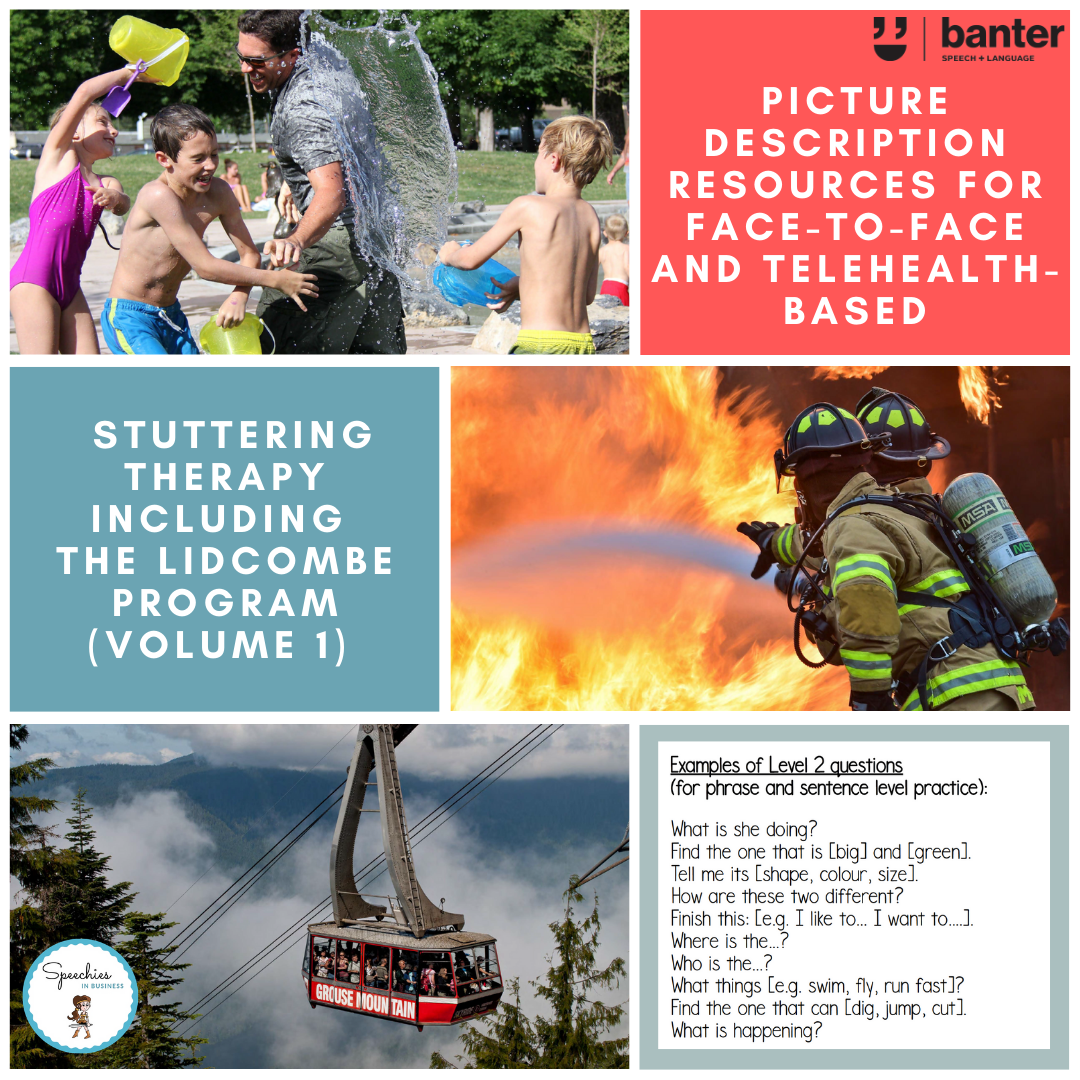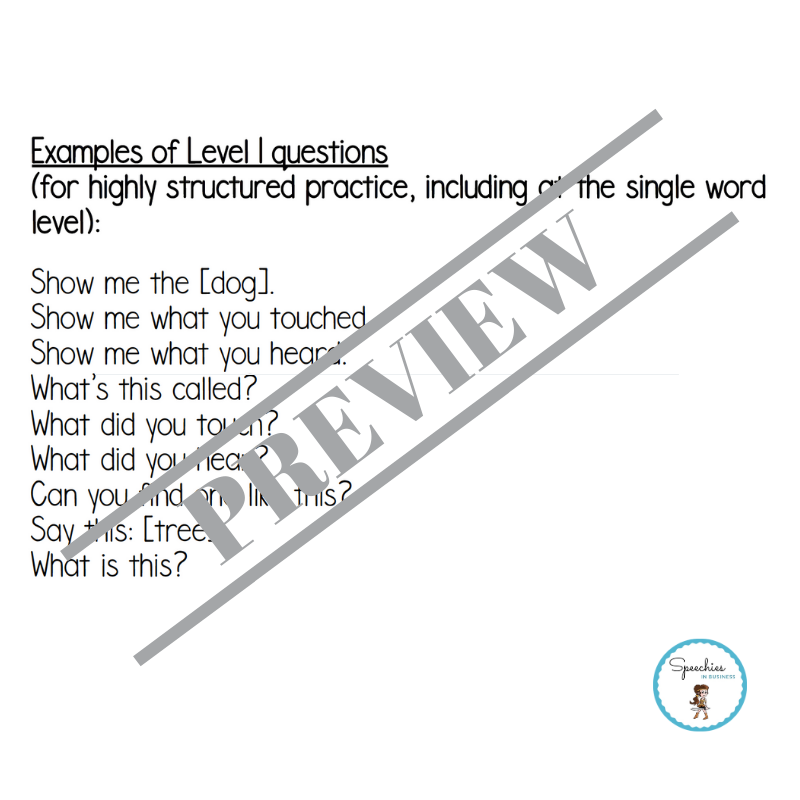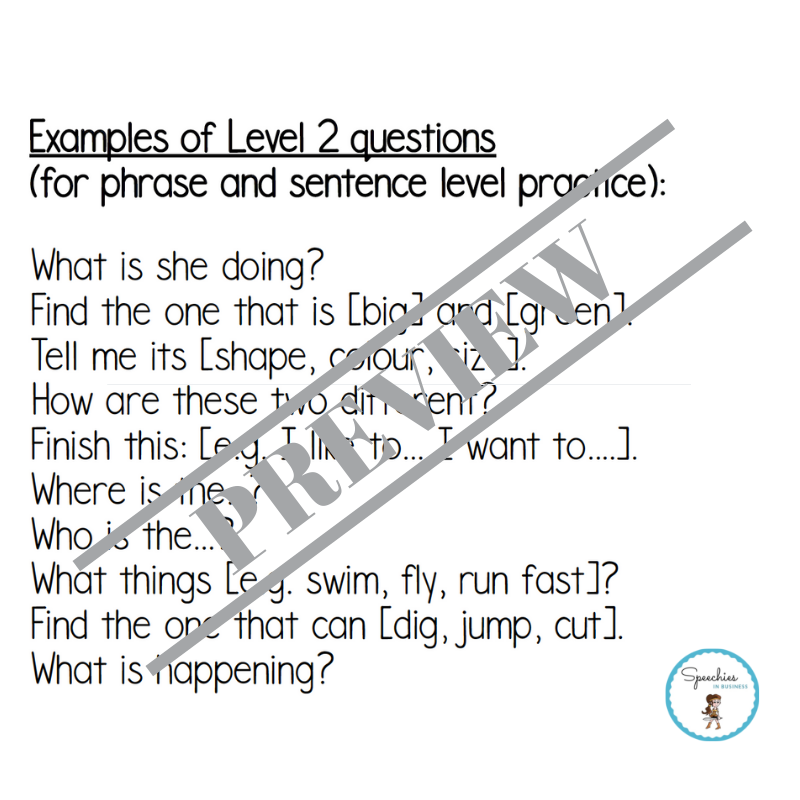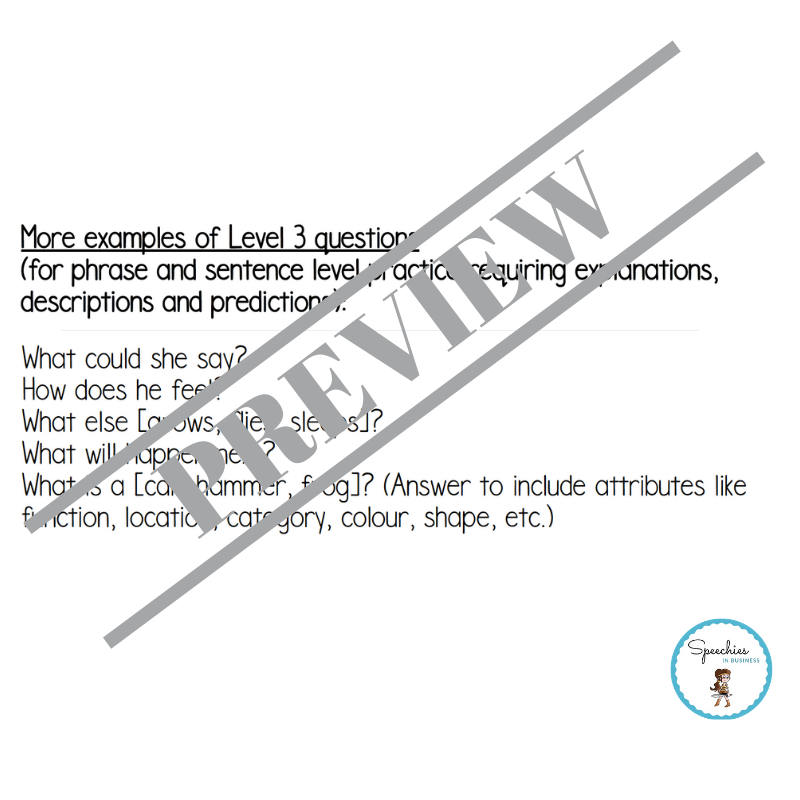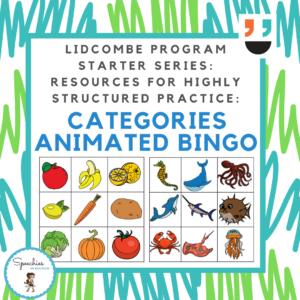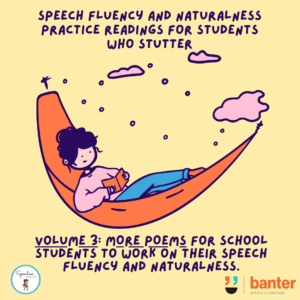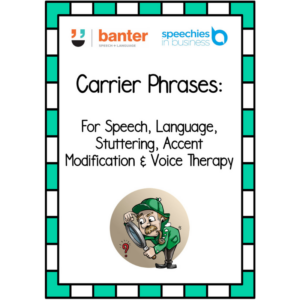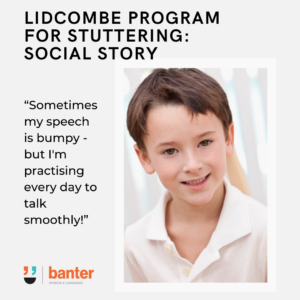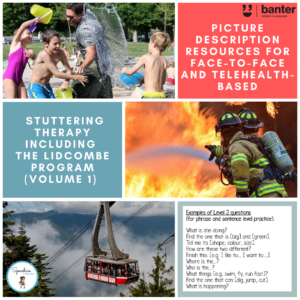(S117) Picture Description Resources for Stuttering Therapy (Volume 1)
$5.99 including GST
This 40-page ‘no-preparation’ pack features 30 interesting, high-quality photographs that can be used for picture description tasks at all levels – from single words, all the way up to making inferences. The resource is suitable for face-to-face practice and telehealth (via video conferencing platforms such as Zoom, Coviu and Skype).
Obviously, you want to pitch your questions about the pictures at a level that will promote your student’s or child’s fluency. To help find the right level of question to ask, we have adapted Marion Blank’s four levels of questioning. This model is based on the idea that kids first learn to understand and use language in very concrete ways based on what they see, hear and touch.
Description
For children who stutter, it can be hard to find the right tools to help.
Picture description tasks are great for working on speech fluency. Picture descriptions help foster joint attention for highly structured practice (like during Stage 1 of the Lidcombe Program), through to sentence level practice, and all the way up to conversation level speech. Picture description tasks can also be used to stimulate language development.
This 40-page ‘no-preparation’ pack features 30 interesting, high-quality photographs that can be used for picture description tasks at all levels – from single words, all the way up to making inferences. The resource is suitable for face-to-face practice and telehealth. It can be printed, displayed on a computer, iPad or other tablet, phone or other smart device, or shared onscreen via telehealth video conferencing platforms such as Zoom, Coviu and Skype.
Obviously, you want to pitch your questions about the pictures at a level that will promote your student’s or child’s fluency. To help find the right level of question to ask, we have adapted Marion Blank’s four levels of questioning. This model is based on the idea that kids first learn to understand and use language in very concrete ways based on what they see, hear and touch, etc.
As they develop, kids learn to use language to understand and express more abstract ideas (e.g. to make predictions, draw inferences, and to explain ideas and events that you can’t see, smell or touch). You can read more about this framework here.
For more Lidcombe Program resources, check out our:
- Lidcombe Program Starter Series: Highly Structured Practice: Say What I Say
- Lidcombe Program Starter Series: Highly Structured Practice: Noun & Verb Naming
- Lidcombe Program Starter Series: Highly Structured Practice: Categories Bingo
- Lidcombe Program Starter Series: Highly Structured Practice: Start Your Engines!
- Lidcombe Program Stuttering Activities: Volume 2
For Westmead Program resources, check out our Westmead Program for Children who Stutter: Introduction & Carrier Phrase Workout.
Other related resources:
- No-Prep Stuttering-Expressive Language Pack
- Stuttering Superhero Cards
- Stuttering and fluency wellness snapshot for school-aged children who stutter
We use this resource in our speech pathology clinic. We hope you find this resource as helpful as we do.


